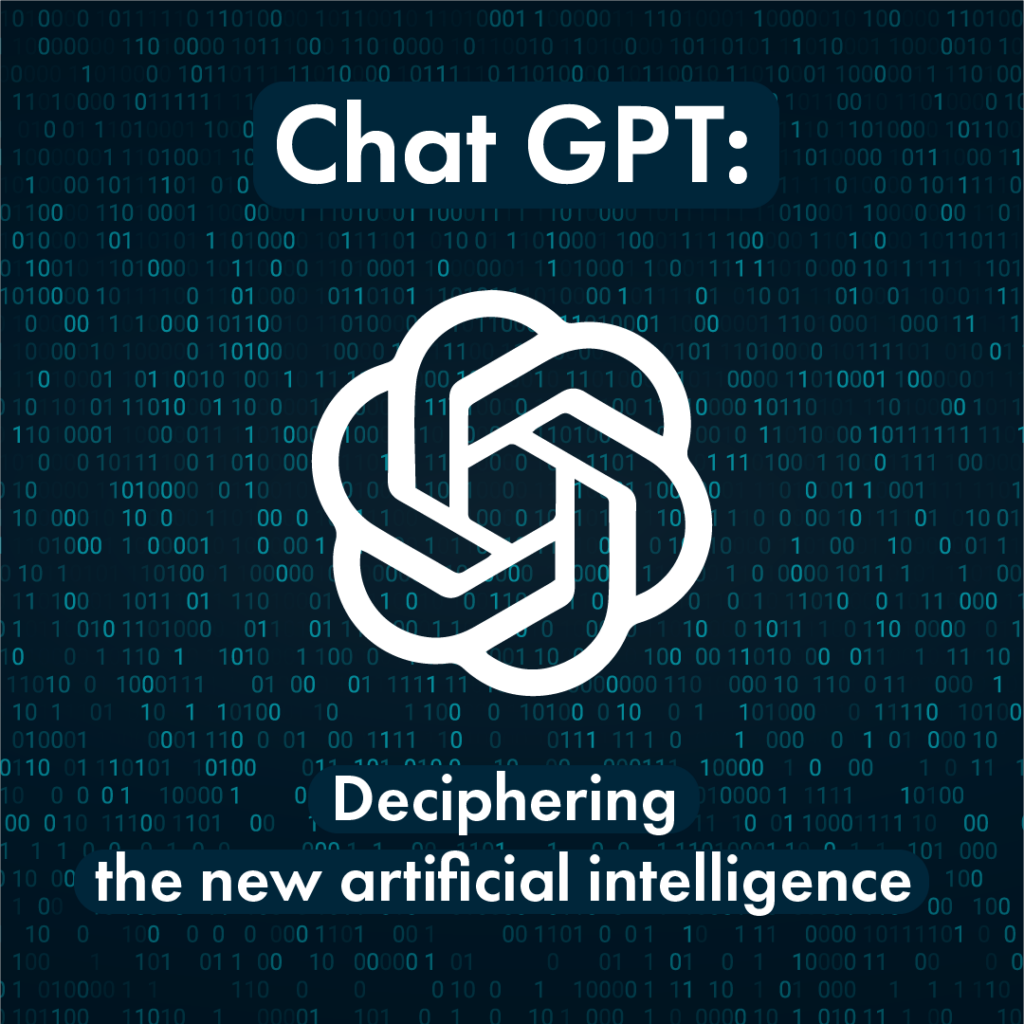ChatGPT, Its Usage, Pros, and Cons?
What is ChatGPT:
ChatGPT is a large language model developed by OpenAI, based on the GPT (Generative Pre-trained Transformer) architecture. It is a state-of-the-art AI language model that is trained on a massive amount of text data from the internet, books, and other sources.

ChatGPT is capable of generating human-like text in response to prompts or questions, making it a powerful tool for natural languages processing tasks, such as language translation, question-answering, and chatbot development.
Usage of ChatGPT:
There are several potential uses of ChatGPT. Some of the most common use cases include:
- Language translation: ChatGPT can be used to translate text from one language to another. It can analyze the input text and generate accurate translations that sound natural.
- Question-answering: ChatGPT can be used to answer questions by generating responses that are based on its understanding of the input text. This can be helpful in situations where there is a large amount of information to sift through.
- Chatbots: ChatGPT can be used to develop chatbots that can converse with users in a natural and human-like way. This can be useful for customer service, sales, and other applications where a conversational interface is desired.
- Content creation: ChatGPT can be used to generate text content for websites, social media, and other digital channels. This can be helpful in situations where there is a need for a large amount of content that is unique and engaging.
- Personal assistants: ChatGPT can be used to develop personal assistants that can help users with a wide range of tasks, such as scheduling appointments, making reservations, and providing recommendations.
Pros of ChatGPT:
- High-quality responses: ChatGPT is capable of generating human-like responses that are often difficult to distinguish from those written by humans. This can be especially useful in applications where a natural-sounding conversation is important.
- Scalability: ChatGPT can be scaled up to handle large volumes of data, making it useful in situations where a large number of responses are needed quickly.
- Flexibility: ChatGPT can be trained on a wide range of data, making it useful for a variety of applications. It can also be fine-tuned for specific tasks, such as language translation or chatbot development.
- Continual learning: ChatGPT can be trained on new data to improve its performance over time. This means that it can adapt to changing conditions and improve its responses as it learns from more data.
Cons of ChatGPT:
- Bias: ChatGPT can exhibit biases that are present in the training data, which can lead to biased or unfair responses. This is especially true when the training data is not diverse or representative of all groups.
- Lack of context: ChatGPT may sometimes generate responses that lack context or are based on incomplete information. This can lead to responses that are inaccurate or misleading.
- Inability to reason: ChatGPT is not capable of reasoning in the same way that humans can. This means that it may sometimes generate responses that are illogical or don’t make sense.
- Data privacy: The training data used to train ChatGPT may contain sensitive or personal information, which can raise privacy concerns. This is especially true when the data is collected from social media or other public sources.
